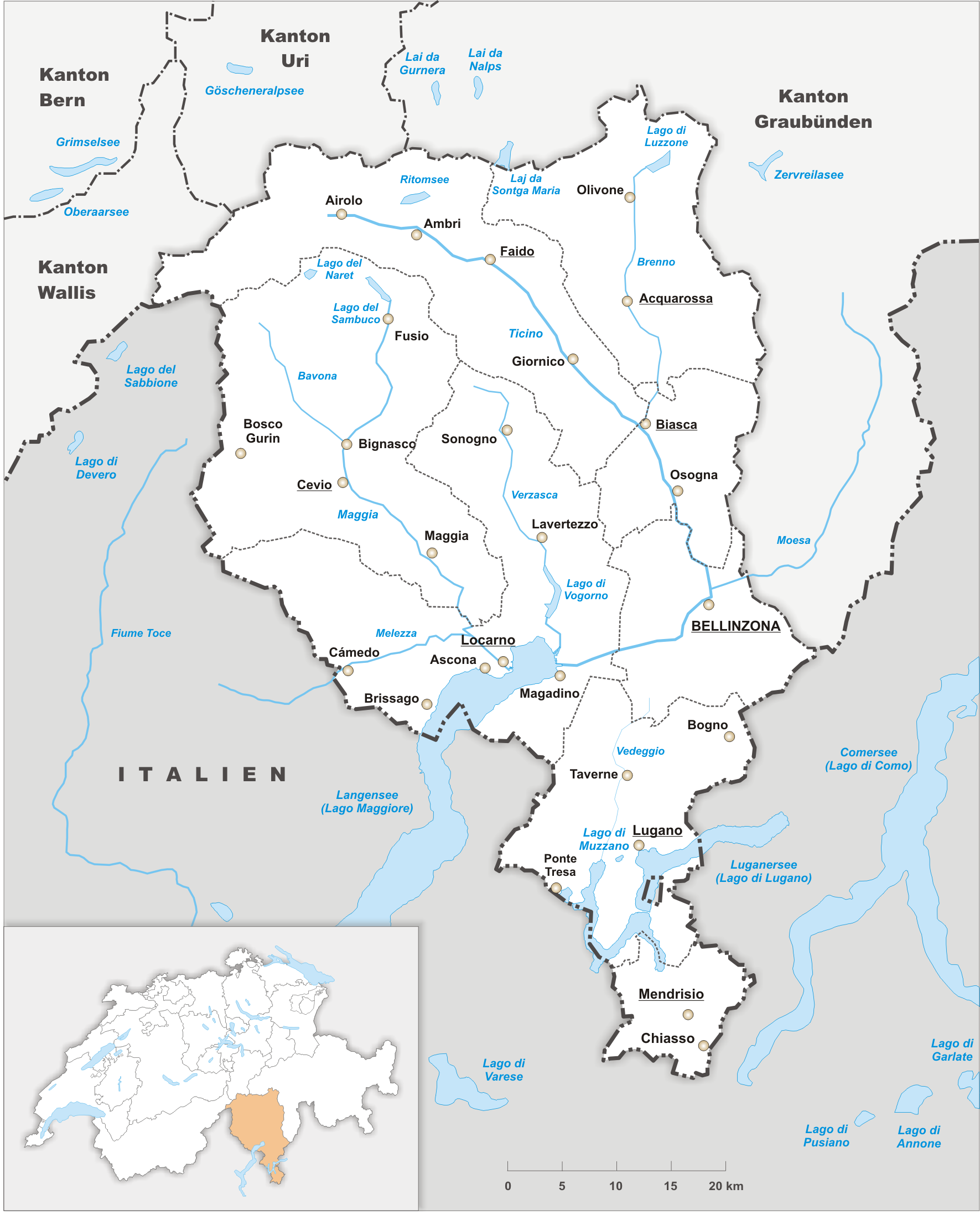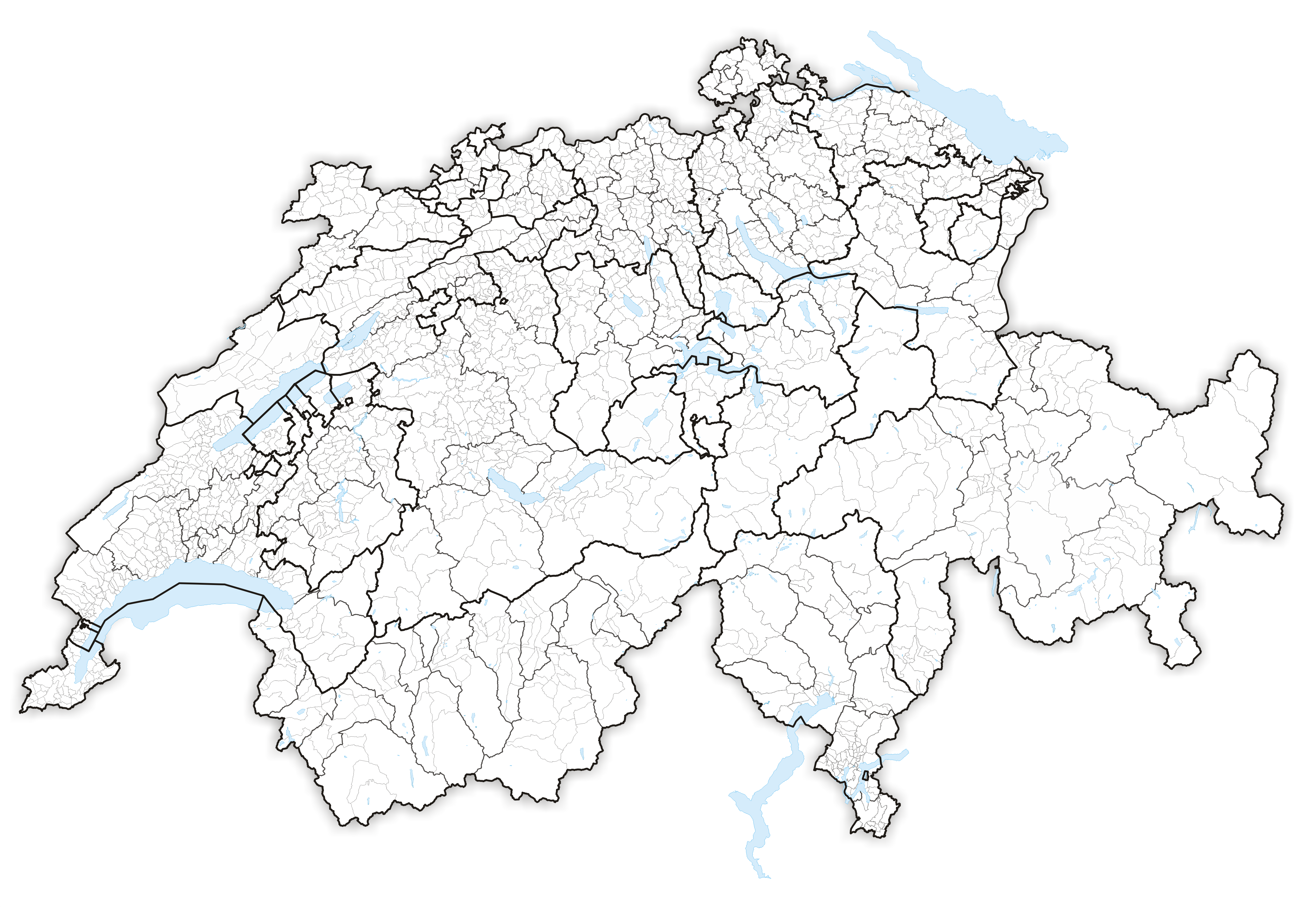|
Cavergno
Cavergno is a village in the district of Vallemaggia, in the canton of Ticino, Switzerland. On 22 October 2006 Cavergno lost its status as an independent municipality when together with the village of Bignasco it was incorporated into the municipality of Cevio Cevio is the capital of the district of Vallemaggia in the canton of Ticino in Switzerland. In 2006 Cevio grew by incorporating the villages of Bignasco and Cavergno, previously municipalities in their own right. History Cevio was first men .... References Swiss Federal Statistics Office External links * Former municipalities of Ticino {{Ticino-geo-stub ... [...More Info...] [...Related Items...] OR: [Wikipedia] [Google] [Baidu] |
Cevio
Cevio is the capital of the district of Vallemaggia in the canton of Ticino in Switzerland. In 2006 Cevio grew by incorporating the villages of Bignasco and Cavergno, previously municipalities in their own right. History Cevio was first mentioned in 1335 as ''Zevio''. The municipality has long been the principal town of the district. In 1858, the municipality of Linescio was separated from it. Chancellor Giovan Angelo Franzoni, who was in power for 36 years, built himself a Patrician palazzo outside the center of Cevio. After the Second World War a rapid diversification of the historical heritage began. In 1962, the Museo di Valmaggia was founded to preserve and show the material heritage of the valley. After acquisition and restoration of the Palazzo Franzoni, the first regional ethnographic museum of the canton of Ticino was opened in 1963 there. In the fall of 2006, Cavergno and Bignasco were incorporated into the municipality; Bignasco failed to resist the incorpora ... [...More Info...] [...Related Items...] OR: [Wikipedia] [Google] [Baidu] |
Bignasco
Bignasco is a village in the district of Vallemaggia, in the canton of Ticino, Switzerland, consolidated into the adjacent municipality of Cevio. Geography Bignasco is a village situated at the confluence of the river Maggia and the Bavona in the Swiss canton of Ticino, near the Italian border. History As of 1230 documented as Bugnascho. In the 14th century Bignasco, Cavergno, Menzonio and Brontallo formed a single cooperative, but each village remained autonomous. In 1483, the parish Bignasco dissolved from Cevio. In 1781 Bignasco was given the right to hold two fairs. In 1786, Bignasco and Cavergno split. During the eighteenth century a constant stream of emigrants went to Italy and Holland, while in the 19th century, Bignasco was not much affected by a mass emigration. For centuries, the main occupations of the inhabitants were agriculture and livestock, crafts and the occupations of seasonal emigrants; The use of hydropower at the beginning of the 1960s brought in infrast ... [...More Info...] [...Related Items...] OR: [Wikipedia] [Google] [Baidu] |
Lavizzara
Lavizzara is a municipality in the district of Vallemaggia in the canton of Ticino in Switzerland. The municipality was created in 2004 by a merger of Broglio, Brontallo, Fusio, Menzonio, Peccia and Prato-Sornico.Amtliches Gemeindeverzeichnis der Schweiz published by the Swiss Federal Statistical Office accessed 14 January 2010 History Broglio is first mentioned in 1361 as ''Brono''. Brontallo is first mentioned in 1574 as ''Bruntalo''. Fusio is first mentioned in 1258 as ''Fuxio''. Menzonio is first mentioned in 1364 as ''Menzone''. Peccia is first mentioned in 1374 as ''Petia''. Prato and Sorn ...[...More Info...] [...Related Items...] OR: [Wikipedia] [Google] [Baidu] |
Formazza
Formazza ( wae, Pumât, pms, Formassa) is a ''comune'' (municipality) in the Province of Verbano-Cusio-Ossola in the Italian region Piedmont, located about northeast of Turin and about north of Verbania, on the border with Switzerland. Formazza borders the following municipalities: Baceno, Bedretto (Switzerland), Bignasco (Switzerland), Binn (Switzerland), Bosco/Gurin (Switzerland), Cavergno (Switzerland), Premia, Reckingen-Gluringen (Switzerland), Ulrichen (Switzerland). The village was founded by Walser and Walser German is still spoken. Geography and climate The village is situated about an elevation of above sea level on the Formazza plateau in Formazza valley. Its altitude and location directly under the high mountains of the western Alps influences the climate. In fact, there is an average of more than one meter and thirty centimeters of precipitation per year (especially snow). The climate is the type ''Dfb''/''Dfc'' (Köppen climate classification), which means i ... [...More Info...] [...Related Items...] OR: [Wikipedia] [Google] [Baidu] |
Vallemaggia (district)
The Vallemaggia District is a district of the cantons of Switzerland, canton of Ticino in Switzerland. It has a population of (as of ). The capital of the district is Cevio. Geography The Vallemaggia District has an area, , of . Of this area, or 1.7% is used for agricultural purposes, while or 42.2% is forested. Of the rest of the land, or 1.2% is settled (buildings or roads), or 2.7% is either rivers or lakes and or 42.9% is unproductive land. Of the built up area, housing and buildings made up 0.4% and transportation infrastructure made up 0.4%. Out of the forested land, 31.4% of the total land area is heavily forested and 4.8% is covered with orchards or small clusters of trees. Of the agricultural land, 1.1% is used for growing crops. Of the water in the district, 0.7% is in lakes and 2.0% is in rivers and streams. Of the unproductive areas, 18.9% is unproductive vegetation and 24.0% is too rocky for vegetation. Demographics Of the Swiss national languages (), ... [...More Info...] [...Related Items...] OR: [Wikipedia] [Google] [Baidu] |
Bosco/Gurin
Bosco/Gurin (Walser German: ''Gurin'' / ''Guryn'', Lombard: ''Bosch'' / ''Gürin'') is a municipality in the district of Vallemaggia in the canton of Ticino in Switzerland. The village is near the end of the valley of Bosco Gurin, near the Italian border. Despite the overall prominence of Italian in Ticino, the small municipality of Bosco/Gurin is historically German-speaking. History Bosco/Gurin is first mentioned in 1244 as ''als Buscho de Quarinobis''. Until 1934, it was known as Bosco-Vallemaggia, and in German as Gurin. The village was started during Walser migration in the 13th century, with the first settlers arriving in 1244. Today the Walser German dialect is being abandoned in favour of the Italian language, and Italian speakers make up the majority in the village. Bosco/Gurin is the only municipality in Ticino where German is a co-official language. The Walser emigrated from the Val Formazza Walser around 1240 at the request of the Lombardy rulers and the ''Capitan ... [...More Info...] [...Related Items...] OR: [Wikipedia] [Google] [Baidu] |
Cerentino
Cerentino is a municipality in the district of Vallemaggia in the canton of Ticino in Switzerland. History During the mid-19th Century, the population declined sharply due to emigration to other countries and a rural exodus. The parish church of Madonna delle Grazie was already in operation in the 15th Century. It was expanded in the beginning of the 16th Century. In 1513, it broke away from the parish of Cevio. The church contains frescoes and stucco from the 17th century. The soil around Cerentino is rich in limestone, which was used in construction and in the production of lime for mortar. The villages are threatened by landslides and continual erosion. Modernly, animal husbandry and agriculture, which earlier granted the villages a far-reaching self-sufficiency, is still main income source of most residents. In the summer months there is some tourism to the municipality. Geography Cerentino has an area, , of . Of this area, or 1.9% is used for agricultural purpos ... [...More Info...] [...Related Items...] OR: [Wikipedia] [Google] [Baidu] |
Canton Of Ticino
Ticino (), sometimes Tessin (), officially the Republic and Canton of Ticino or less formally the Canton of Ticino,, informally ''Canton Ticino'' ; lmo, Canton Tesin ; german: Kanton Tessin ; french: Canton du Tessin ; rm, Chantun dal Tessin . is one of the 26 cantons forming the Swiss Confederation. It is composed of eight districts and its capital city is Bellinzona. It is also traditionally divided into the Sopraceneri and the Sottoceneri, respectively north and south of Monte Ceneri. Red and blue are the colours of its flag. Ticino is the southernmost canton of Switzerland. It is one of the three large southern Alpine cantons, along with Valais and the Grisons. However, unlike all other cantons, it lies almost entirely south of the Alps, and has no natural access to the Swiss Plateau. Through the main crest of the Gotthard and adjacent mountain ranges, it borders the canton of Valais to the northwest, the canton of Uri to the north and the canton of Grisons to the northea ... [...More Info...] [...Related Items...] OR: [Wikipedia] [Google] [Baidu] |
Switzerland
). Swiss law does not designate a ''capital'' as such, but the federal parliament and government are installed in Bern, while other federal institutions, such as the federal courts, are in other cities (Bellinzona, Lausanne, Luzern, Neuchâtel, St. Gallen a.o.). , coordinates = , largest_city = Zürich , official_languages = , englishmotto = "One for all, all for one" , religion_year = 2020 , religion_ref = , religion = , demonym = , german: Schweizer/Schweizerin, french: Suisse/Suissesse, it, svizzero/svizzera or , rm, Svizzer/Svizra , government_type = Federalism, Federal assembly-independent Directorial system, directorial republic with elements of a direct democracy , leader_title1 = Federal Council (Switzerland), Federal Council , leader_name1 = , leader_title2 = , leader_name2 = Walter Thurnherr , legislature = Fe ... [...More Info...] [...Related Items...] OR: [Wikipedia] [Google] [Baidu] |
Municipalities Of Switzerland
Municipalities (german: Gemeinden, ' or '; french: communes; it , comuni; rm, vischnancas) are the lowest level of administrative division in Switzerland. Each municipality is part of one of the Swiss cantons, which form the Swiss Confederation. In most cantons, municipalities are also part of districts or other sub-cantonal administrative divisions. There are 2,136 municipalities . Their populations range between several hundred thousand (Zürich), and a few dozen people (Kammersrohr, Bister), and their territory between 0.32 km² (Rivaz) and 439 km² (Scuol). History The beginnings of the modern municipality system date back to the Helvetic Republic. Under the Old Swiss Confederacy, citizenship was granted by each town and village to only residents. These citizens enjoyed access to community property and in some cases additional protection under the law. Additionally, the urban towns and the rural villages had differing rights and laws. The creation of a uniform Swiss ... [...More Info...] [...Related Items...] OR: [Wikipedia] [Google] [Baidu] |







